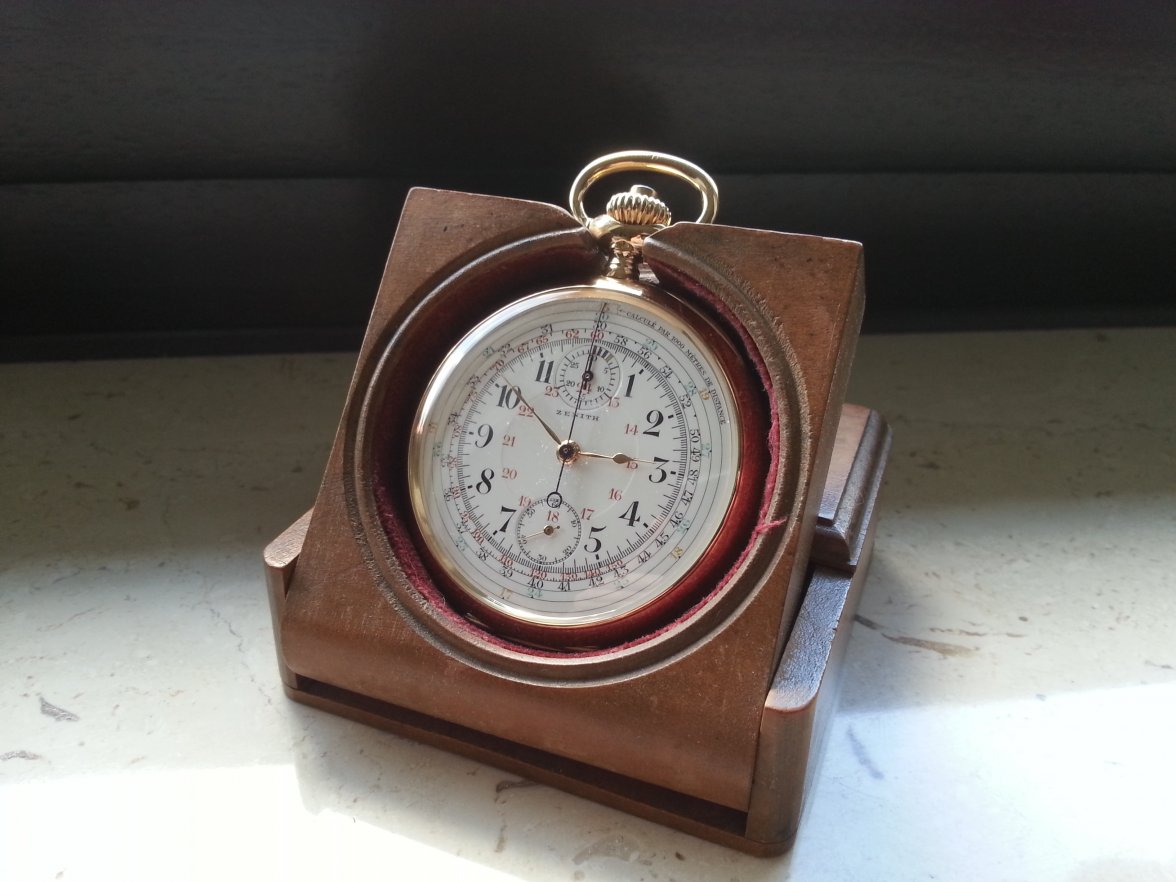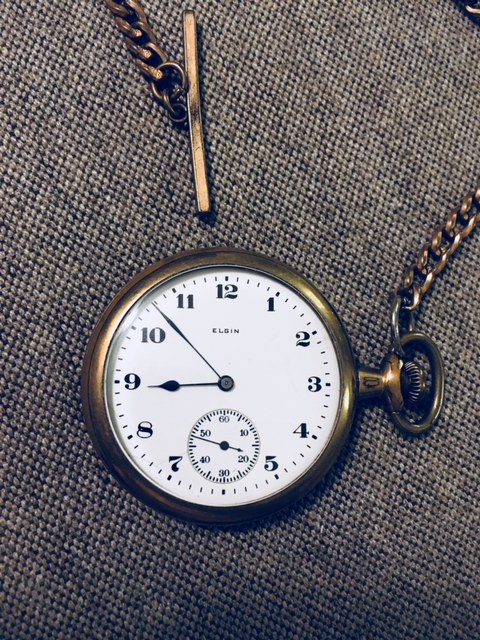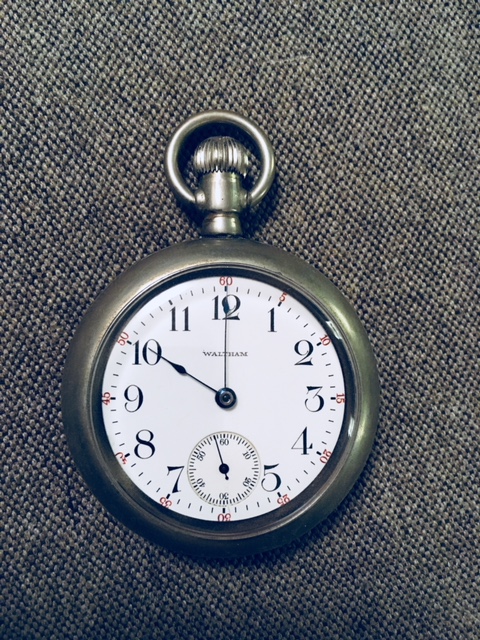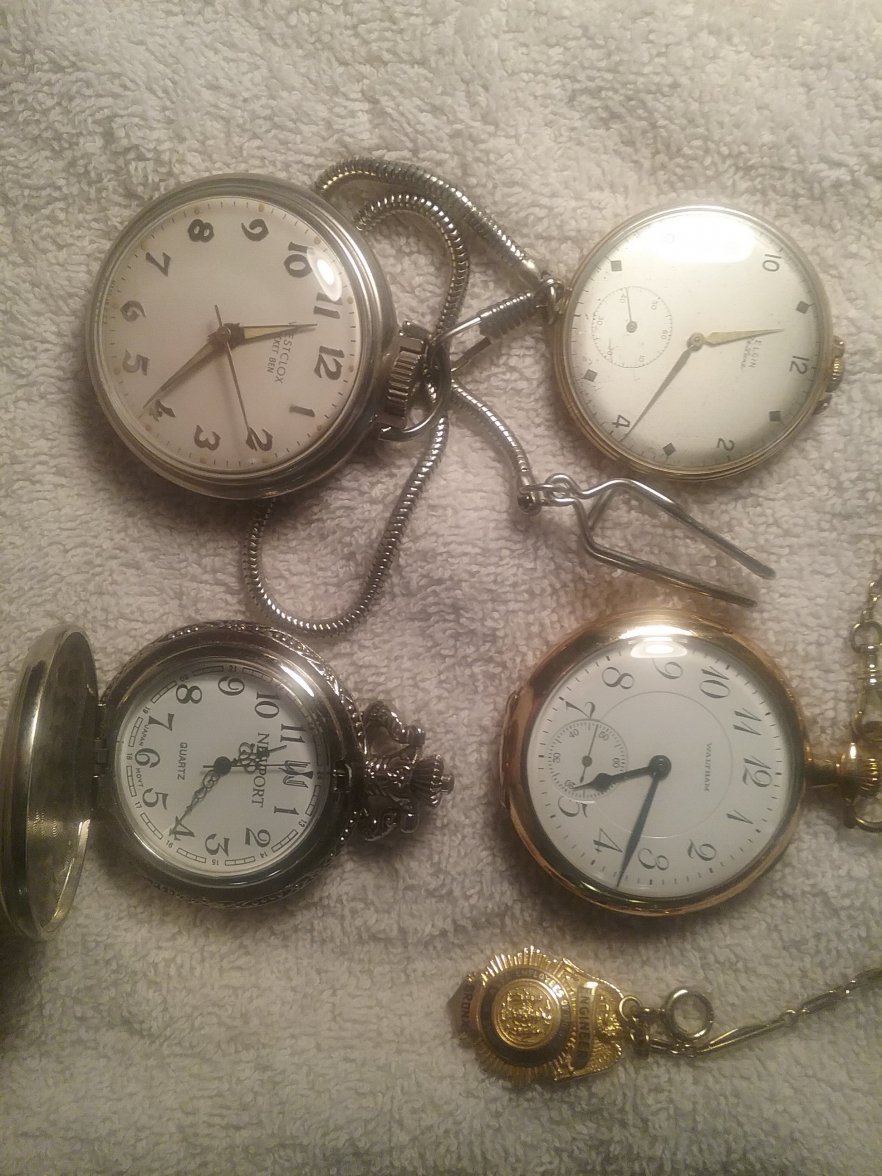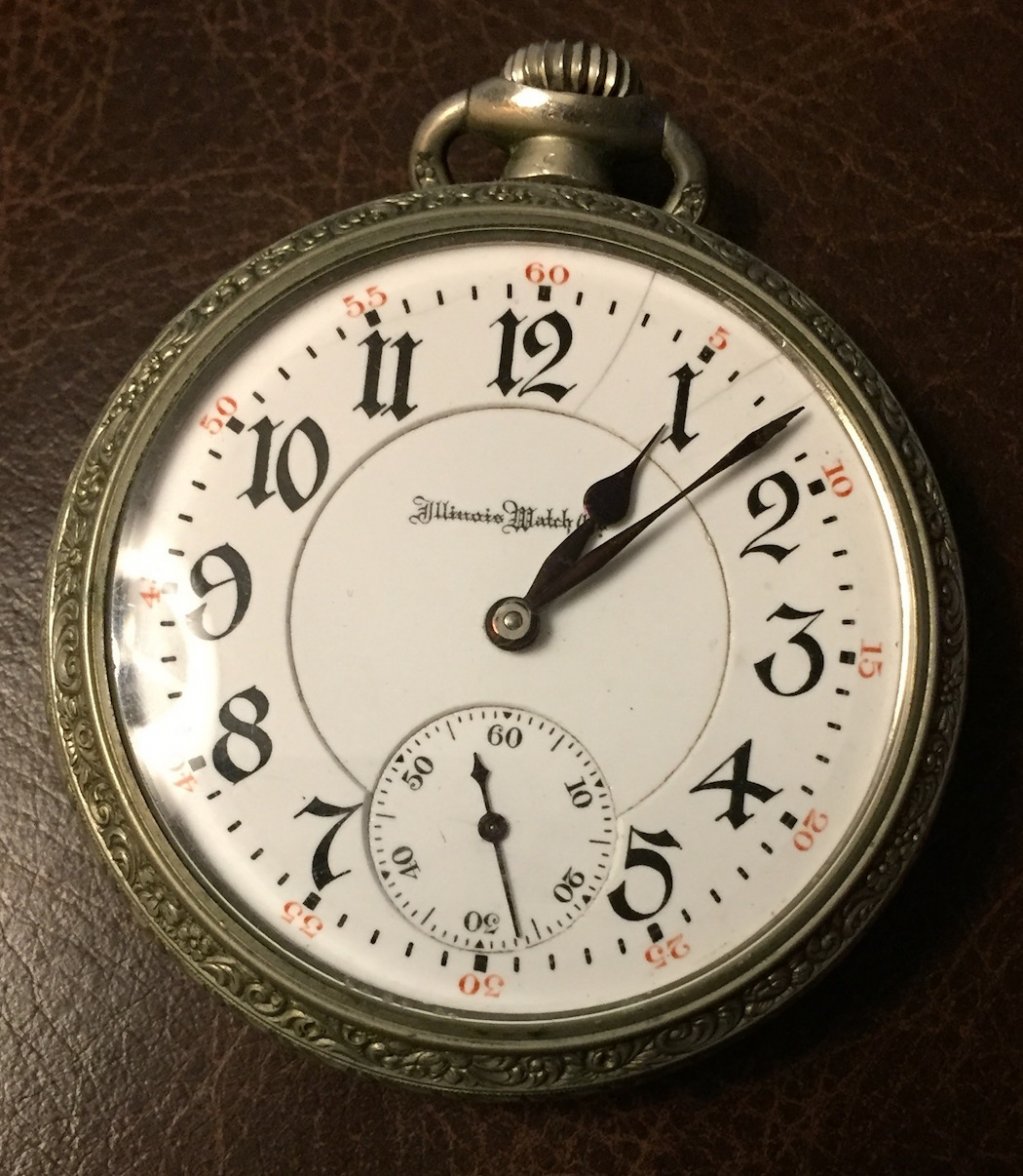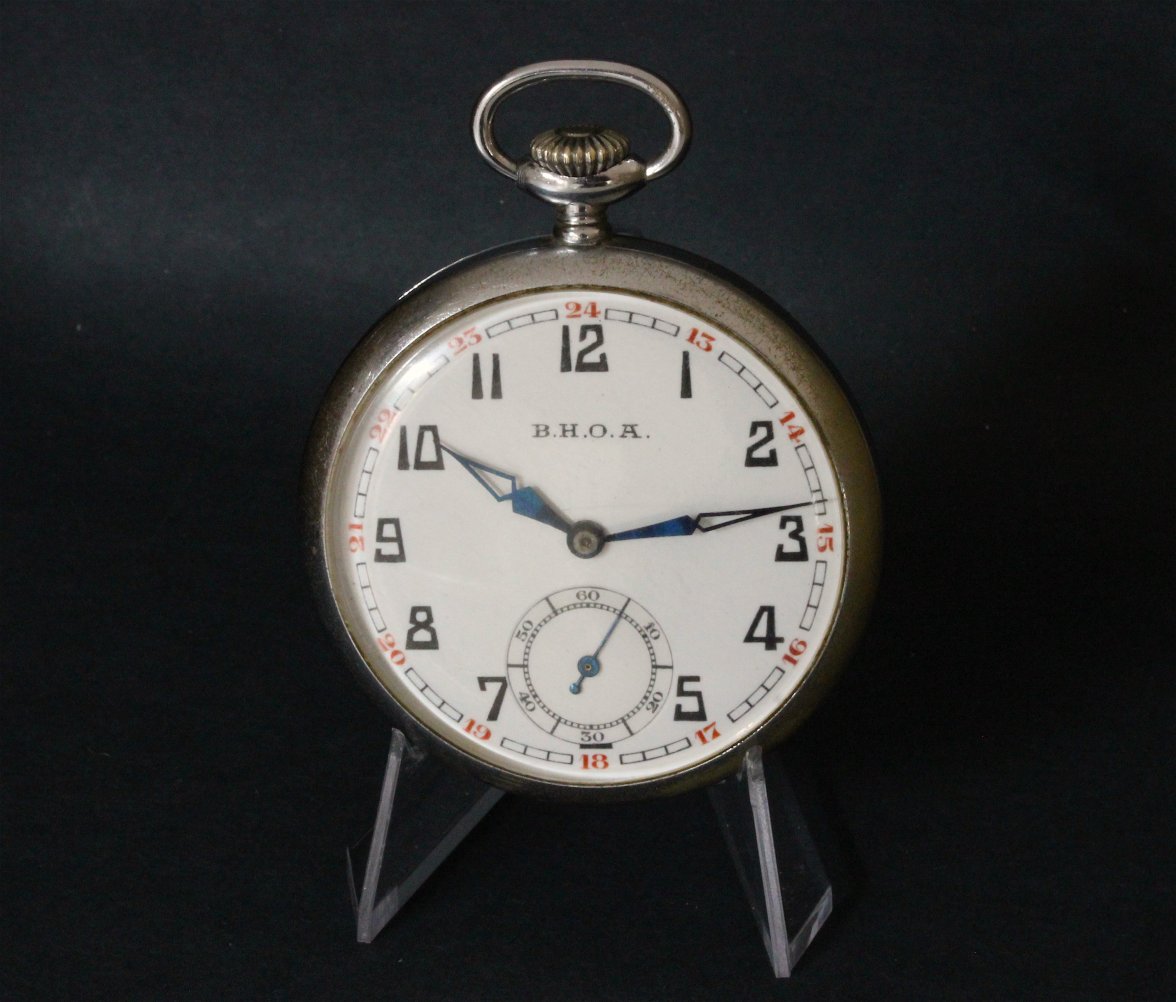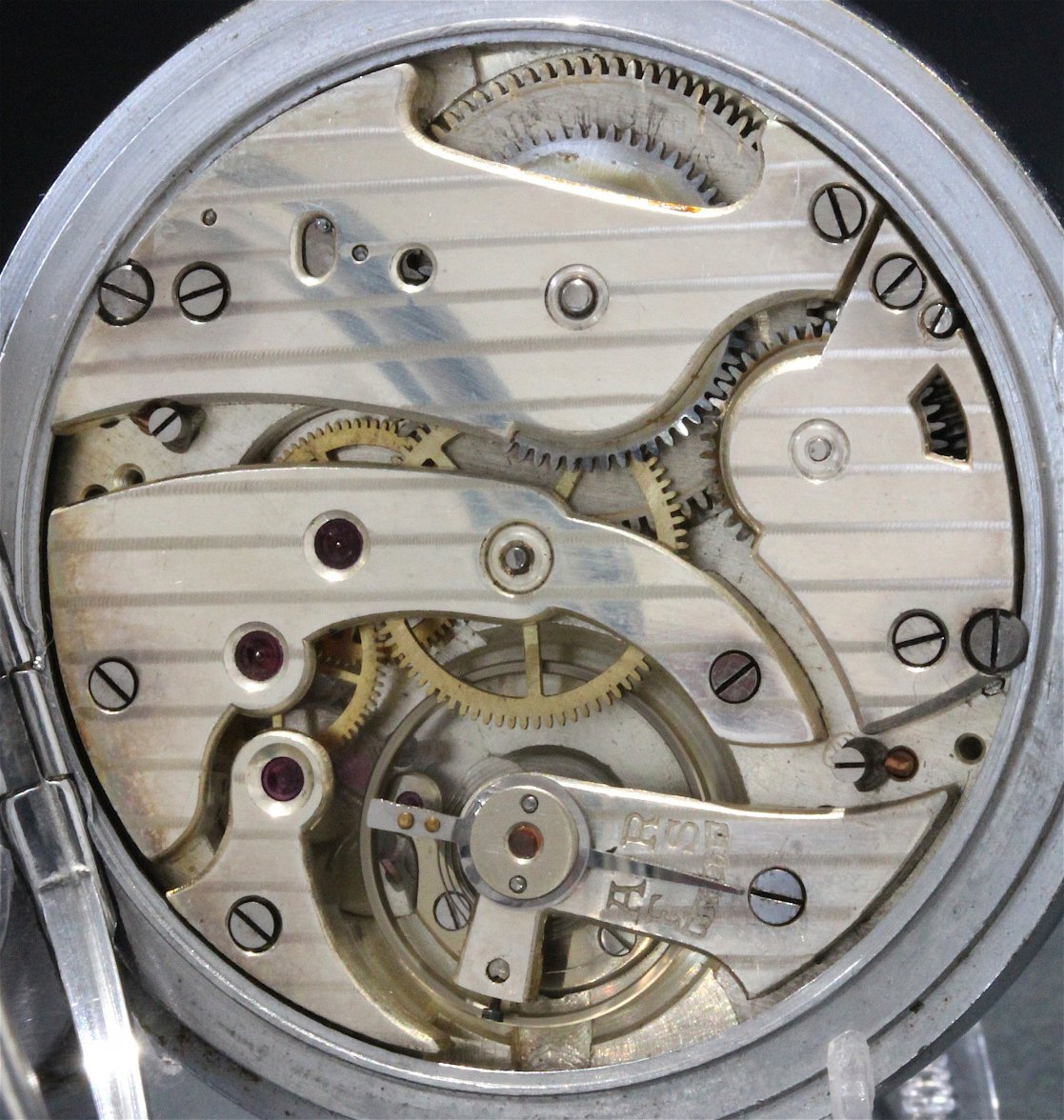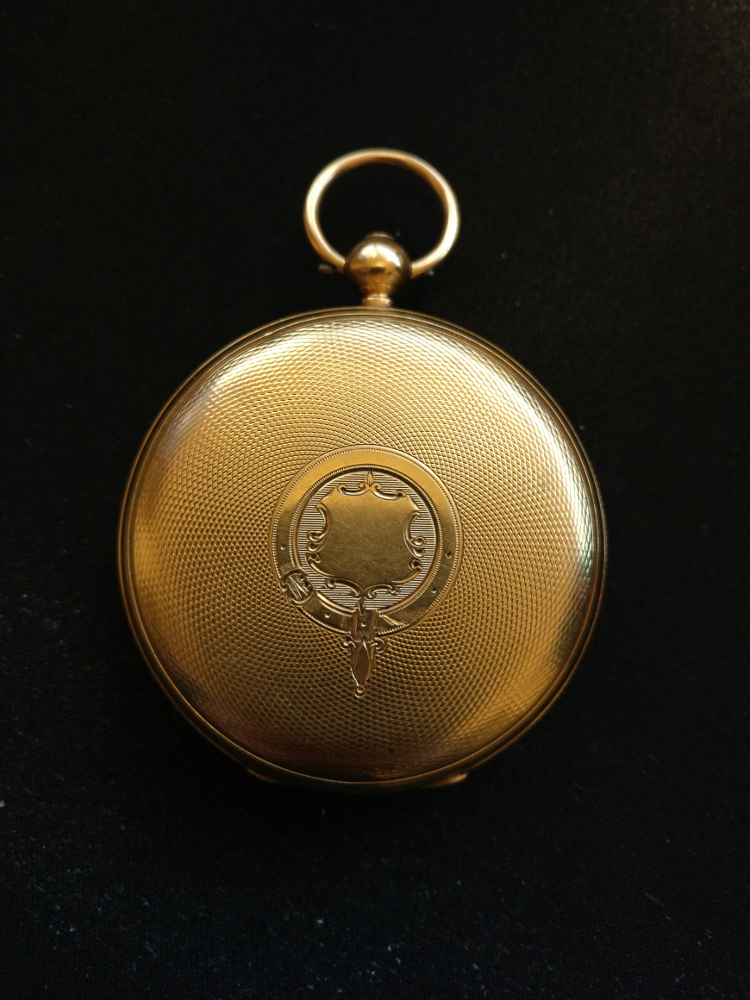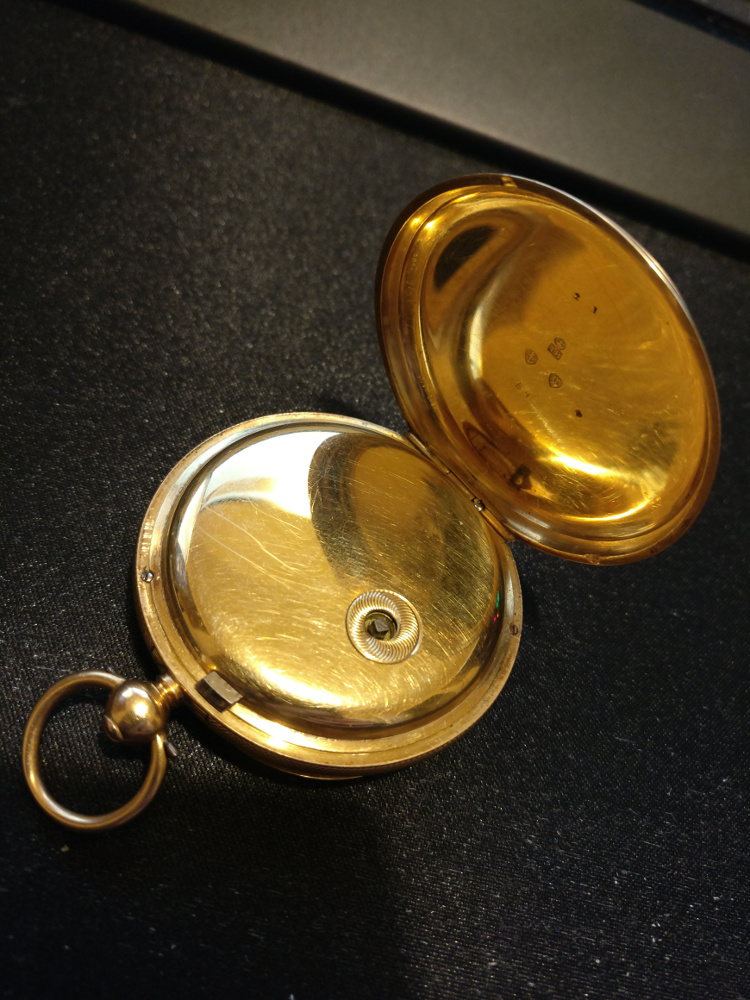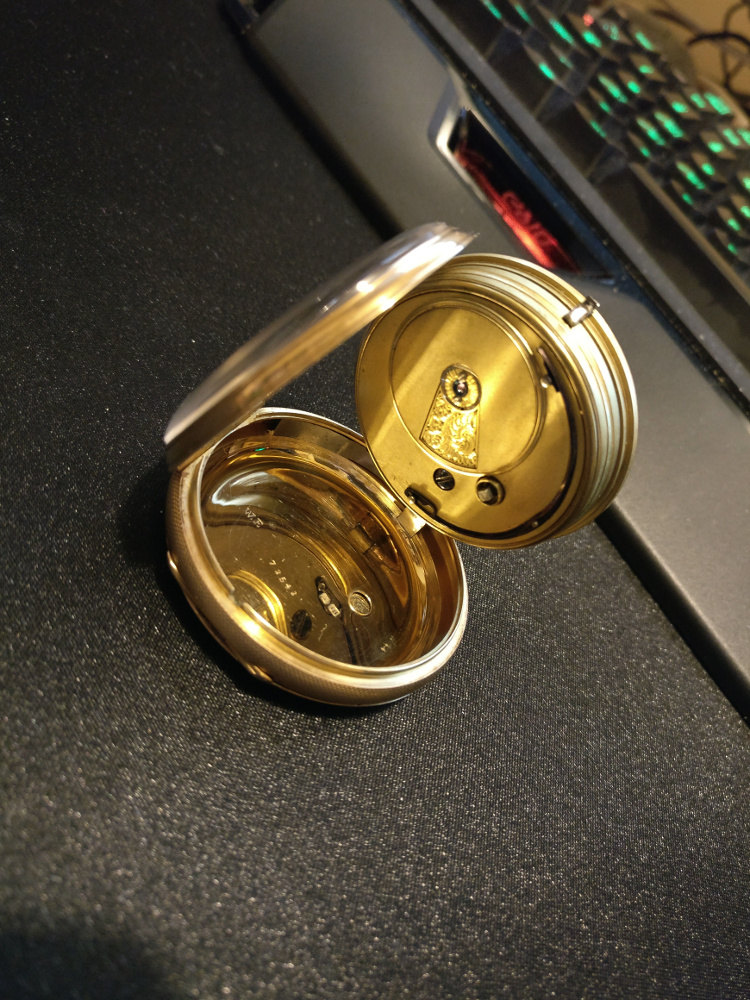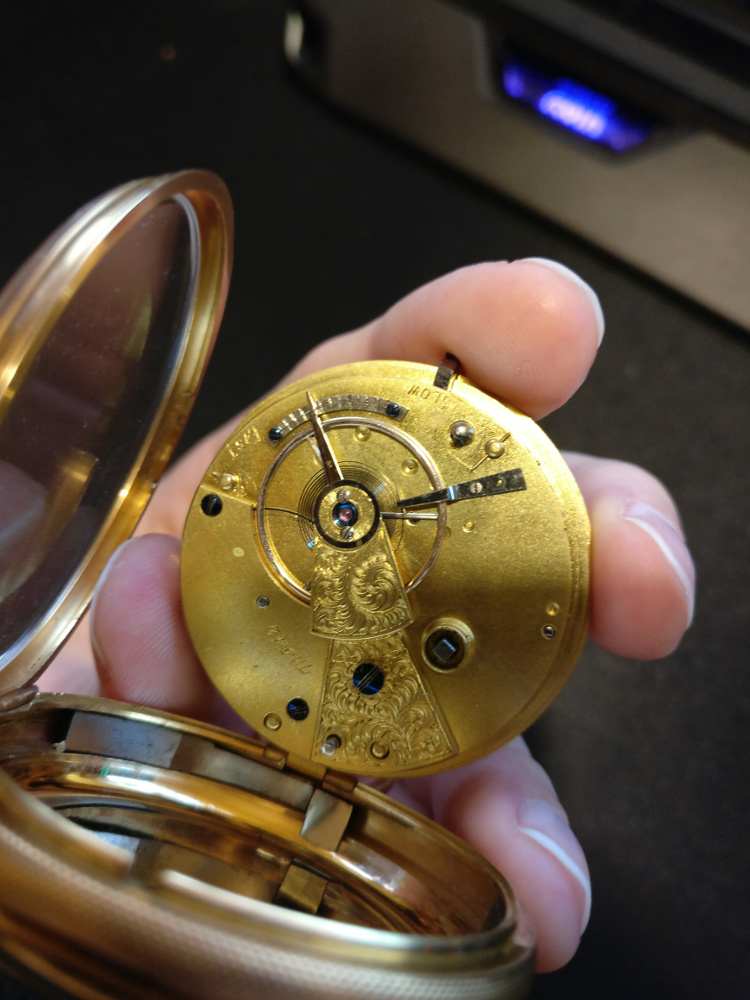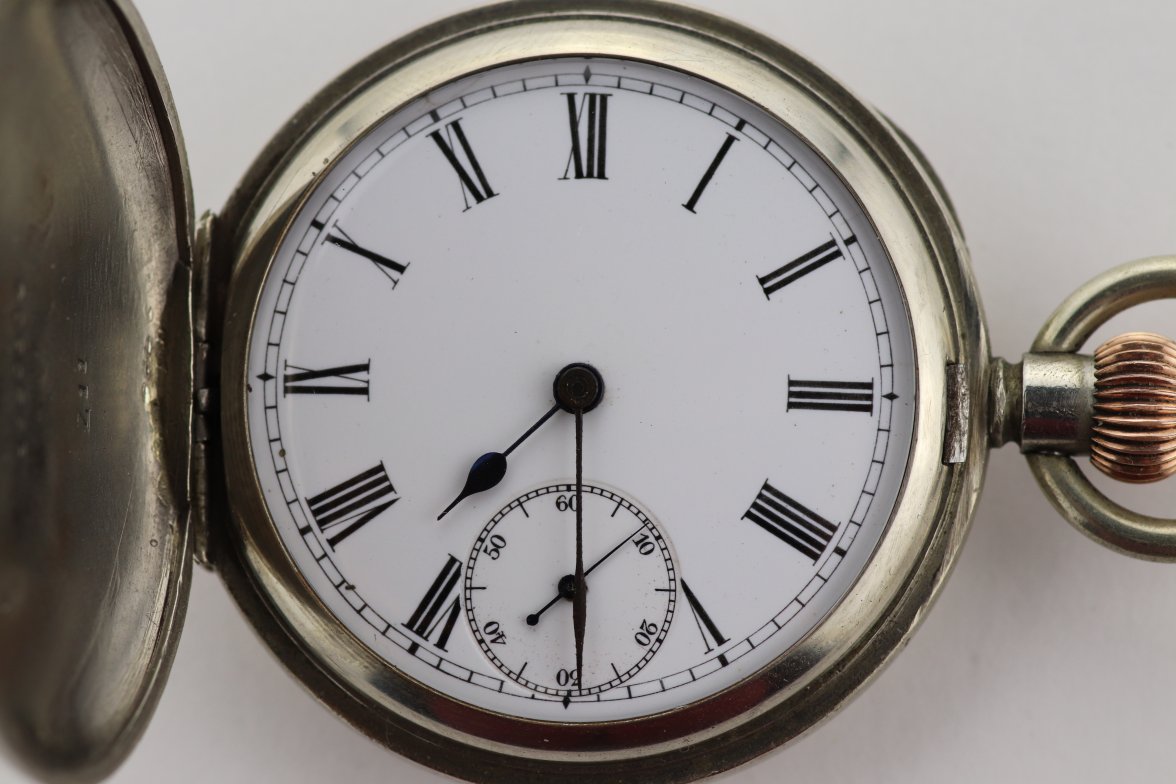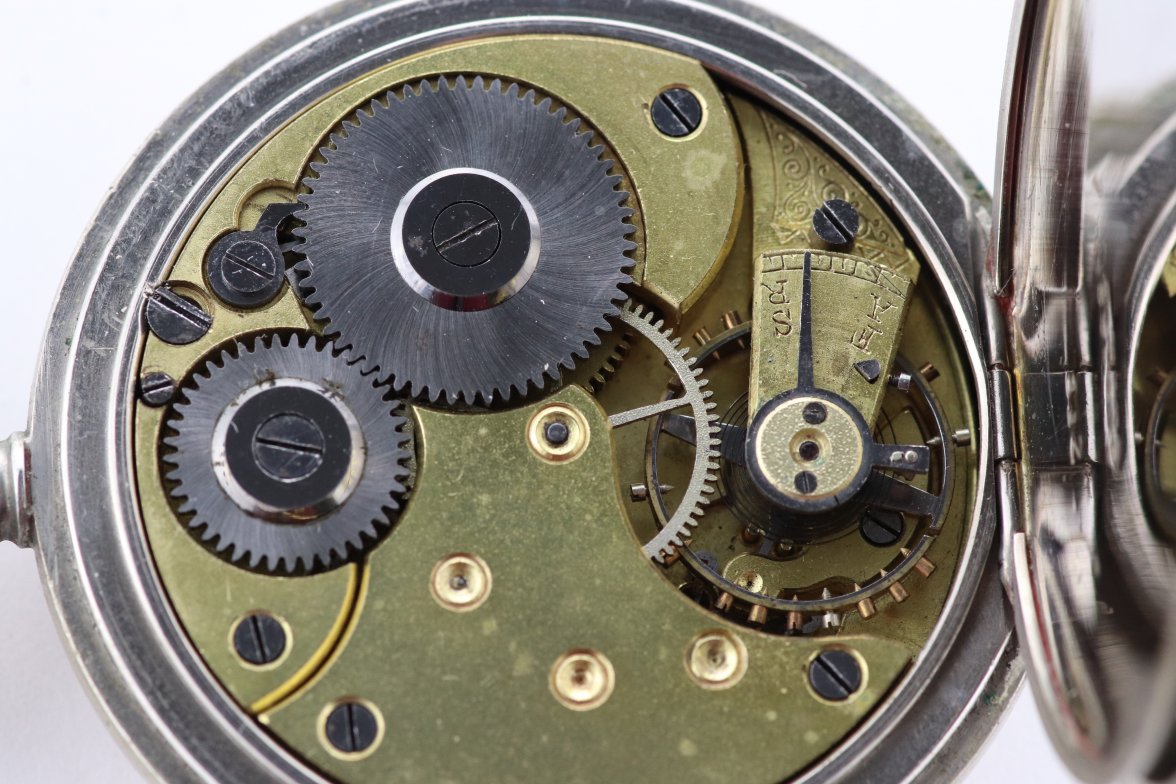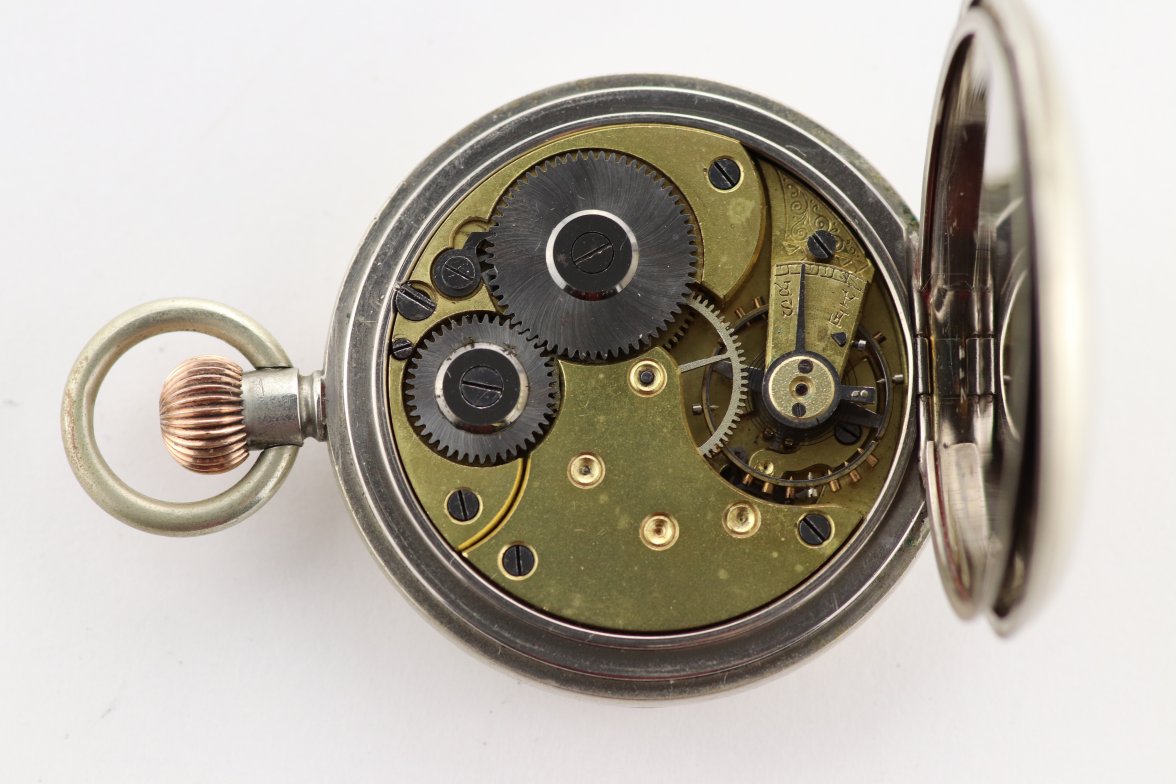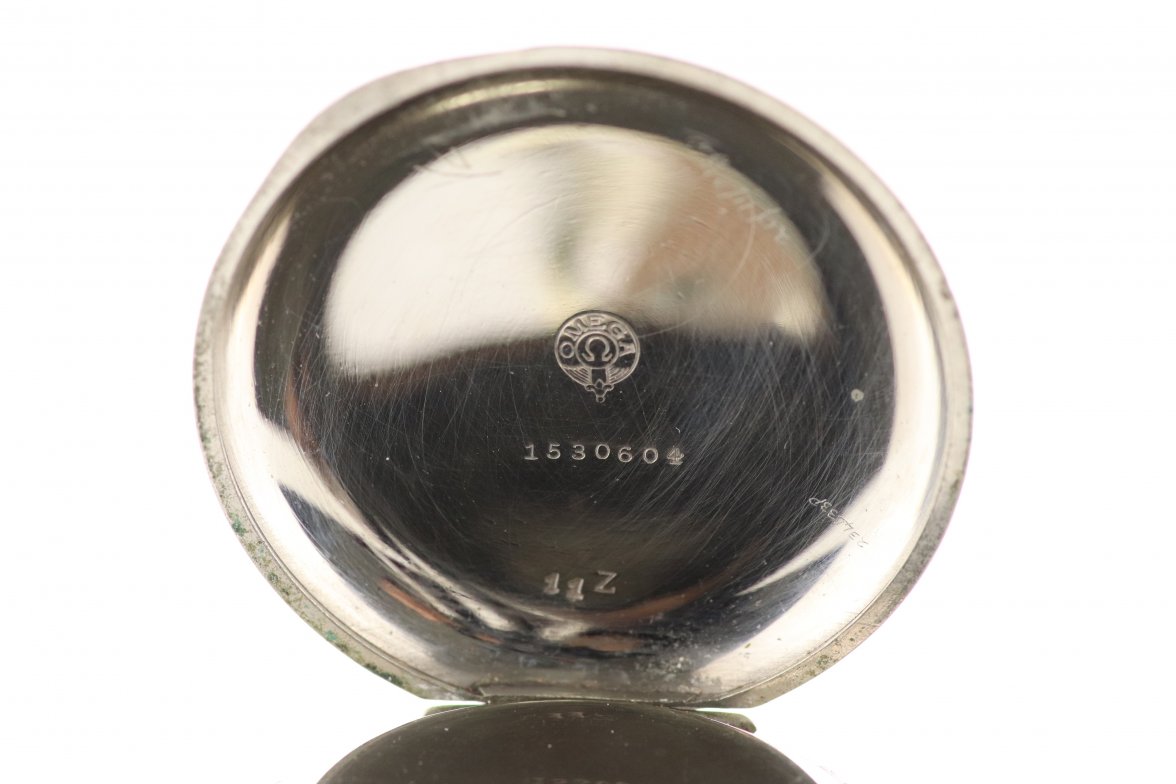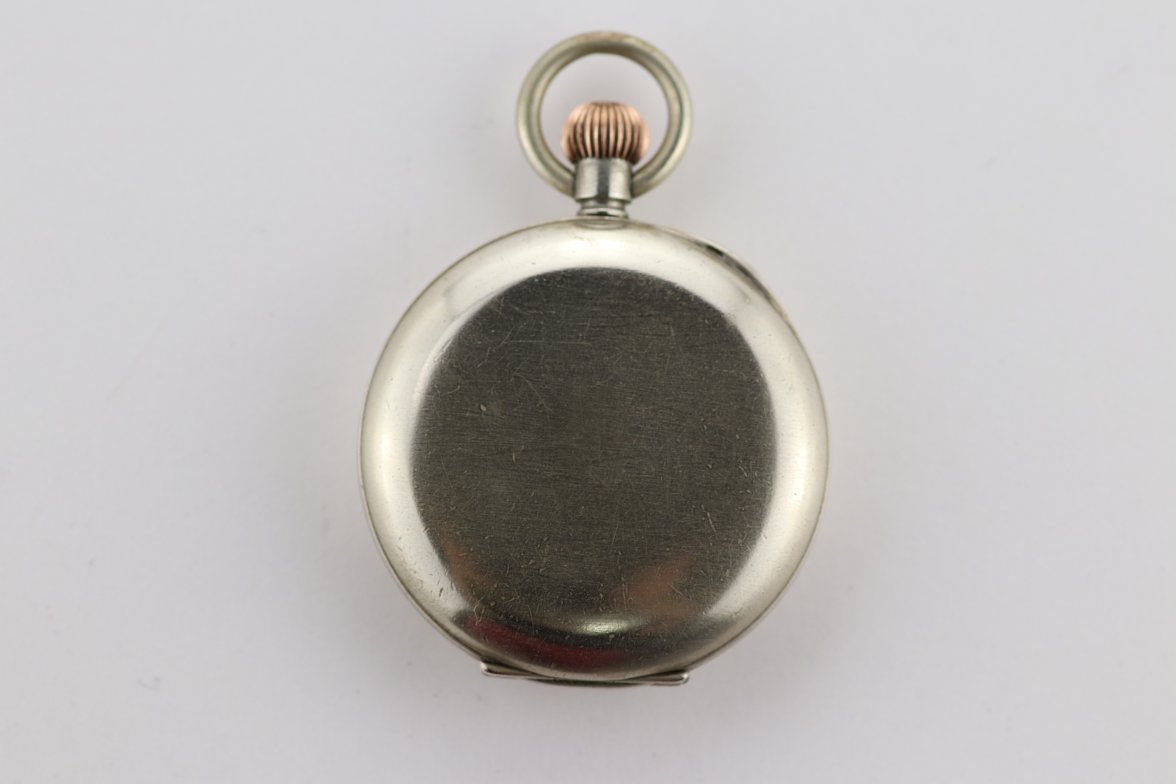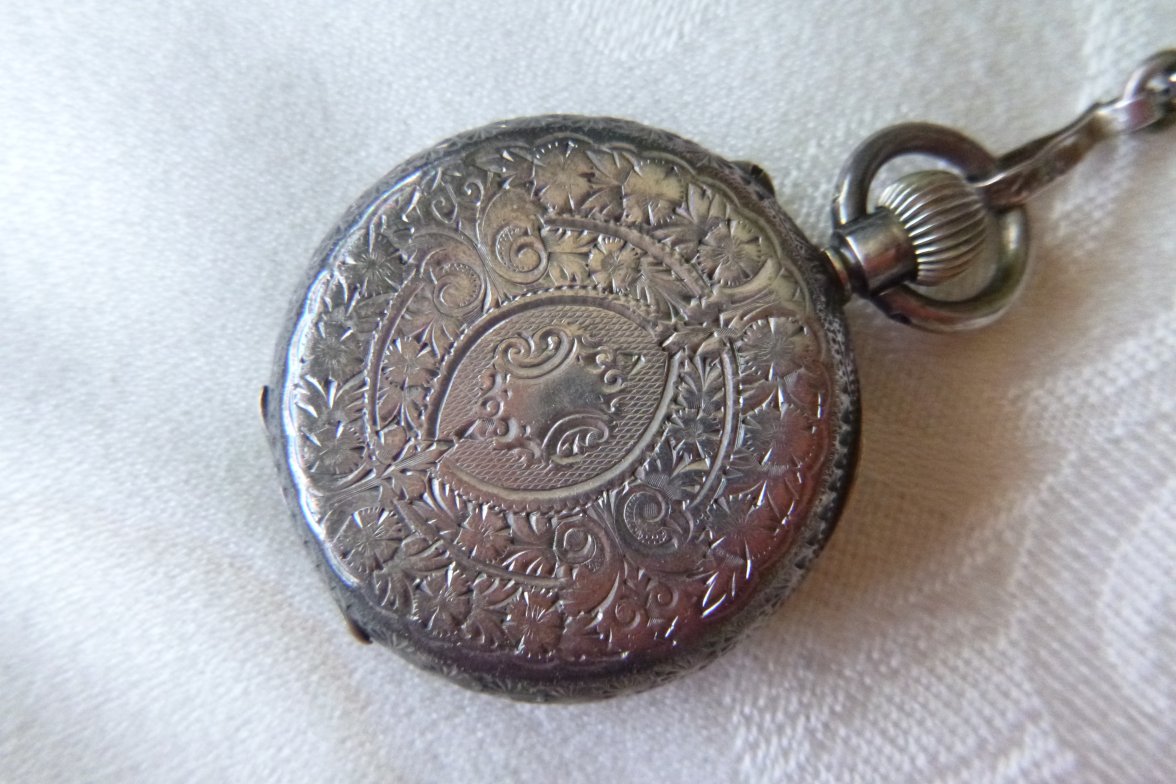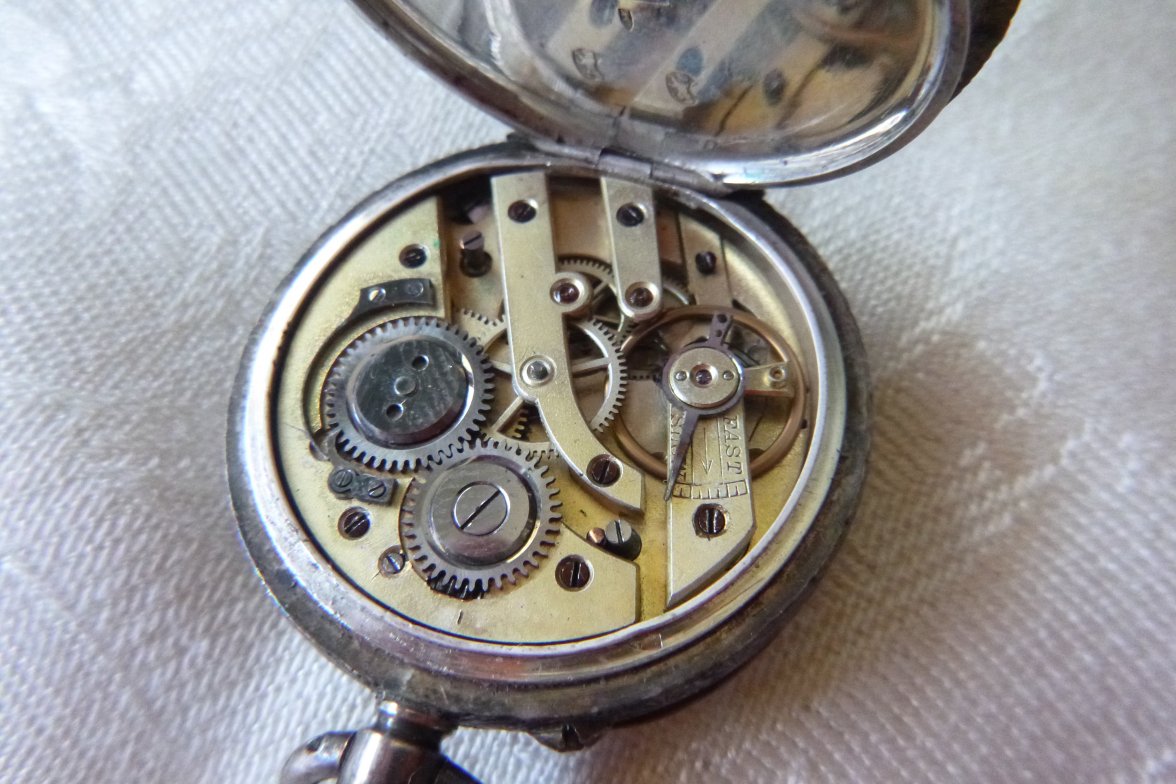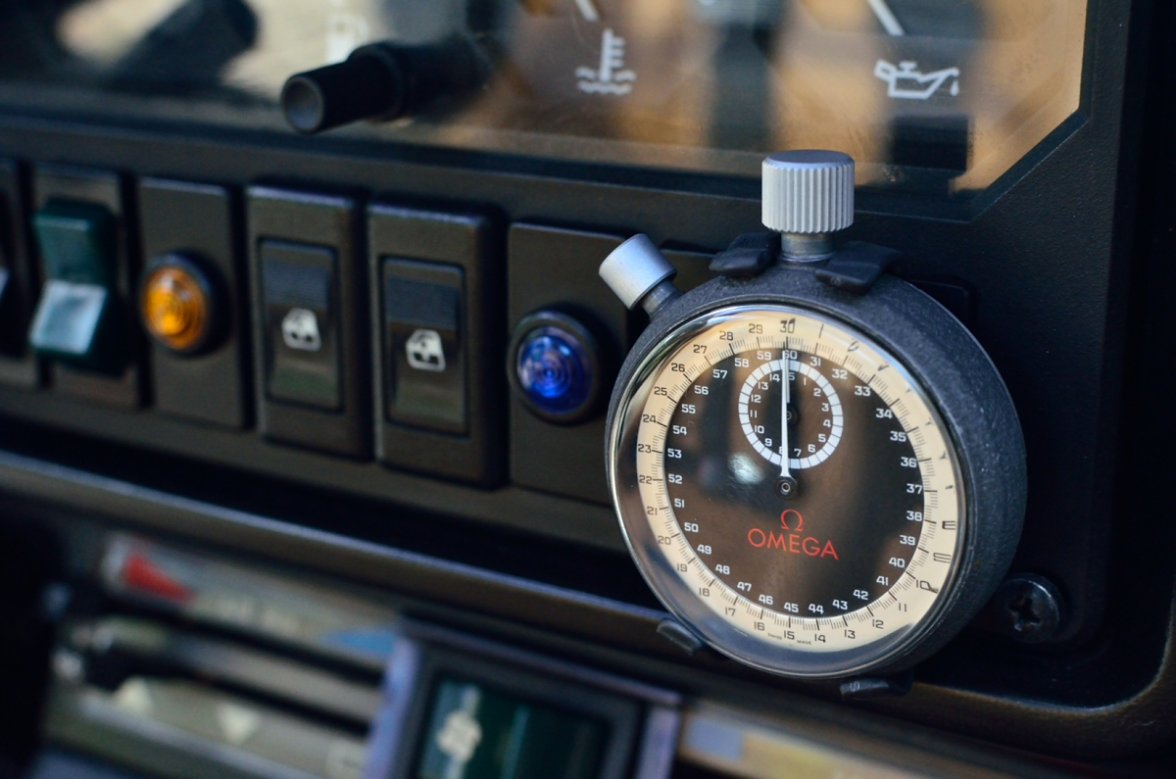Canuck
·All business for sure. They didn't even bother to brag about the chronometer grade on the dial.
The Howard series XI has the same performance characteristics of all the railroad grade Keystone Howards, but it is the only one marked as a chronometer. Movements on Keystone Howards were usually marked with symbols signifying jewel count and adjustments.
Most 16-size, 21 jewel Keystone Howards would be marked with the STAR symbol above. The Keystone Howard series XI in the picture is not marked this way. The symbol has been replaced by the word “chronometer”. I have a Keystone Howard series XI that is marked just the way the subject watch is marked.

